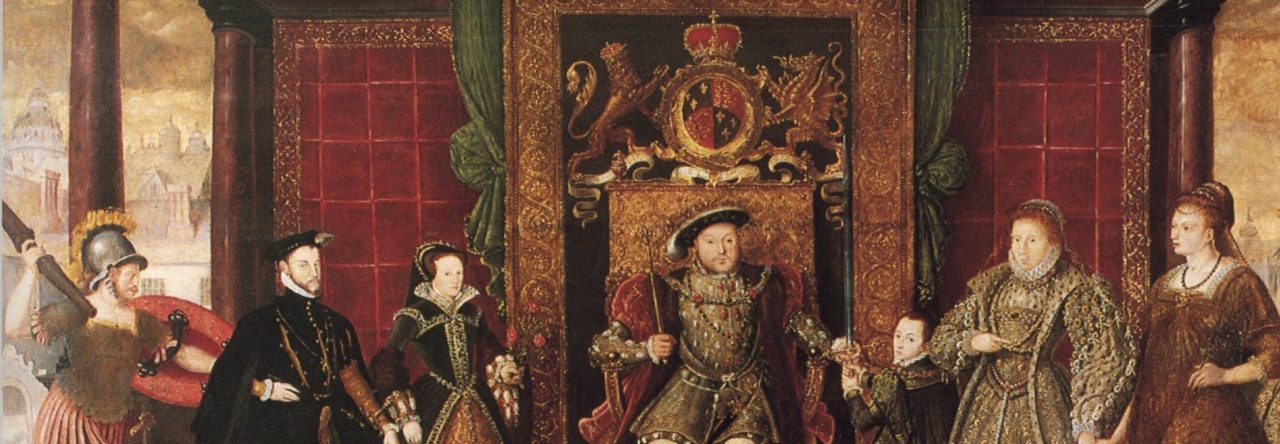 Being part of a royal family has its perks, like power and prestige. However, especially in medieval Europe, it meant that you could not marry the person you loved. Marriage was used as a tool to create strong alliances and the women from royal families were used as extremely powerful pawns to strengthen these connections. During the reigns of King Edward II and Edward III, three sisters proved to be very valuable pawns in the marriage market. They were the Clare sisters, Eleanor, Margaret, and Elizabeth. Their stories of their numerous marriages and abductions help to tell the tale of English politics during the reigns of their uncle King Edward II and his son Edward III. Kathryn Warner’s latest book, “Edward II’s Nieces The Clare Sisters: Powerful Pawns of the Crown” explores how these sisters and their families helped transform England during this transformative time in history.
Being part of a royal family has its perks, like power and prestige. However, especially in medieval Europe, it meant that you could not marry the person you loved. Marriage was used as a tool to create strong alliances and the women from royal families were used as extremely powerful pawns to strengthen these connections. During the reigns of King Edward II and Edward III, three sisters proved to be very valuable pawns in the marriage market. They were the Clare sisters, Eleanor, Margaret, and Elizabeth. Their stories of their numerous marriages and abductions help to tell the tale of English politics during the reigns of their uncle King Edward II and his son Edward III. Kathryn Warner’s latest book, “Edward II’s Nieces The Clare Sisters: Powerful Pawns of the Crown” explores how these sisters and their families helped transform England during this transformative time in history.
I would like to thank Pen and Sword Books for sending me a copy of this book. I was not familiar with these three sisters before I read this book and I wanted to learn about them. This is the second book that I have read by Kathryn Warner and it was just as enjoyable and informative as the first one.
To understand why these three sisters were important pawns in the marriage market, Warner explains who their parents were. Their mother, Joan of Acre, was the daughter of King Edward I and Eleanor of Castile. Joan of Acre married one of the most powerful noblemen in England, Gilbert “the Red” de Clare, earl of Gloucester. The couple had four children; Gilbert, Eleanor, Margaret, and Elizabeth. The massive de Clare estate would have gone to Gilbert (since he was the only son and women could not inherit under normal circumstances), however, he died at a young age, which meant that the estate was divided amongst his sisters, making them extremely valuable as wives to whoever the king wished.
Between the three sisters, there were seven husbands. Some of the marriages were relatively traditional and others were abductions in which the sisters had no choice but to marry their kidnappers. Some of the husbands, Hugh Despenser the Younger, Piers Gaveston, and Hugh Audley, were favorites (and, in the cases of Hugh and Piers, lovers) of King Edward II, allowing for their wives to have rather a unique position in history. All three of the sisters enjoyed times when they were in good favor of King Edward II and Isabella of France, but they all would experience times when they were placed under arrest in the 1320s. Each sister left a lasting legacy, especially Elizabeth who founded Clare College at the University of Cambridge.
Warner could have easily written three short biographies about each sister, but by combining their stories into one biography, the readers can understand the complex story of the Clare inheritance and how marriage, money, and power truly played a role in the reign of King Edward II. My only concern with this book is that I wish Warner included some sort of family tree/ trees to show how everyone was connected. Warner did include lists of the sisters’ husbands and children in the back, but when I was reading, I was getting slightly confused about how they related to one another and I think that family trees might have helped clear up the confusion that I had.
Overall, I found this book intriguing and complex. By telling the story of Eleanor, Margaret, and Elizabeth de Clare as three biographies in one book, Warner presents a new perspective into the life and reign of Edward II. The Plantagenet family during this time was a closely knit web of power that had to rely on each other to survive or to fall. If you want a great book to introduce you to three fascinating sisters whose marriages during the reign of the infamous Edward II transformed England then, “Edward II’s Nieces The Clare Sisters: Powerful Pawns of the Crown” by Kathryn Warner is a wonderful place to start.
